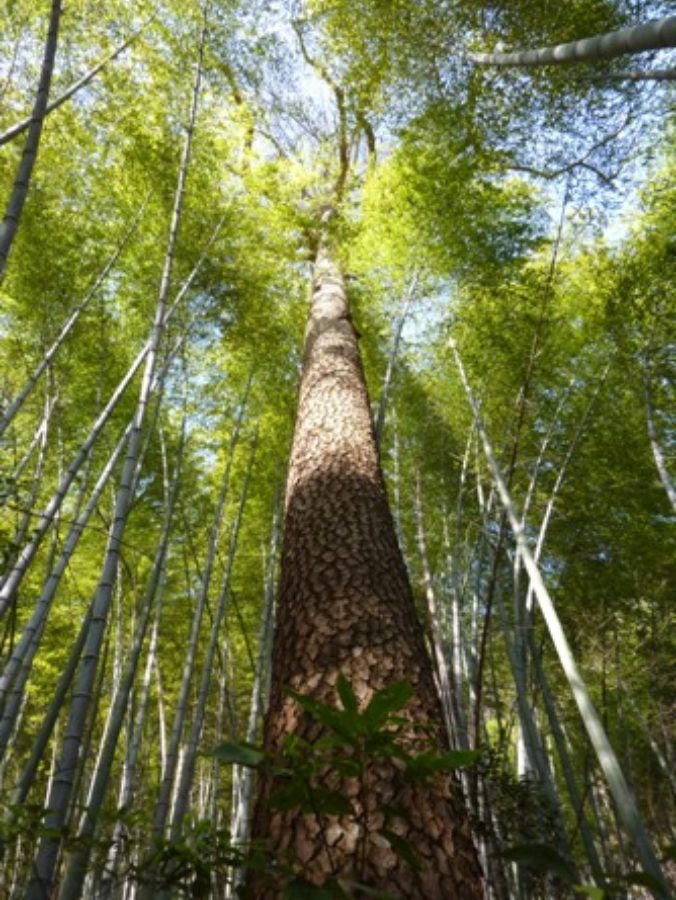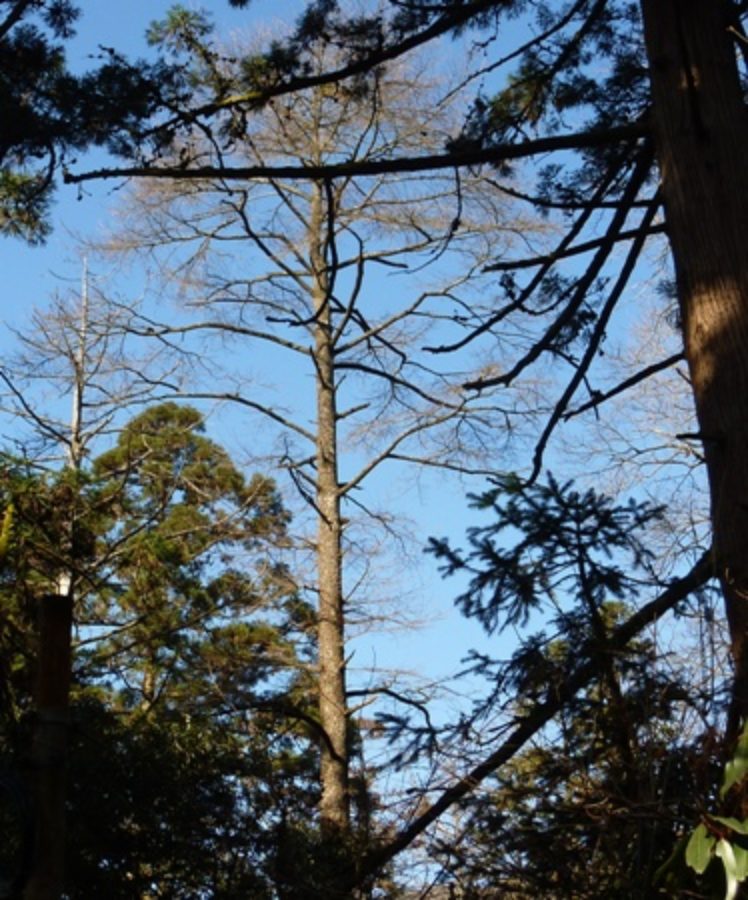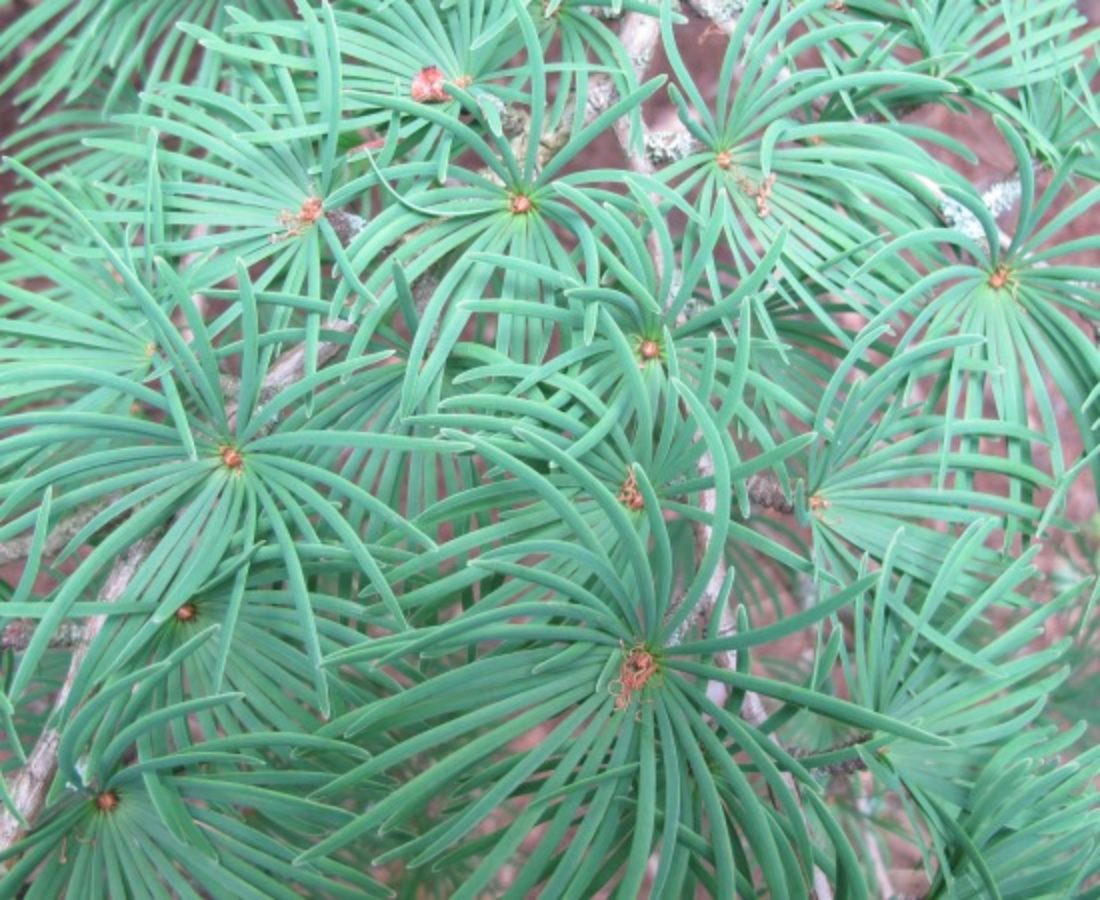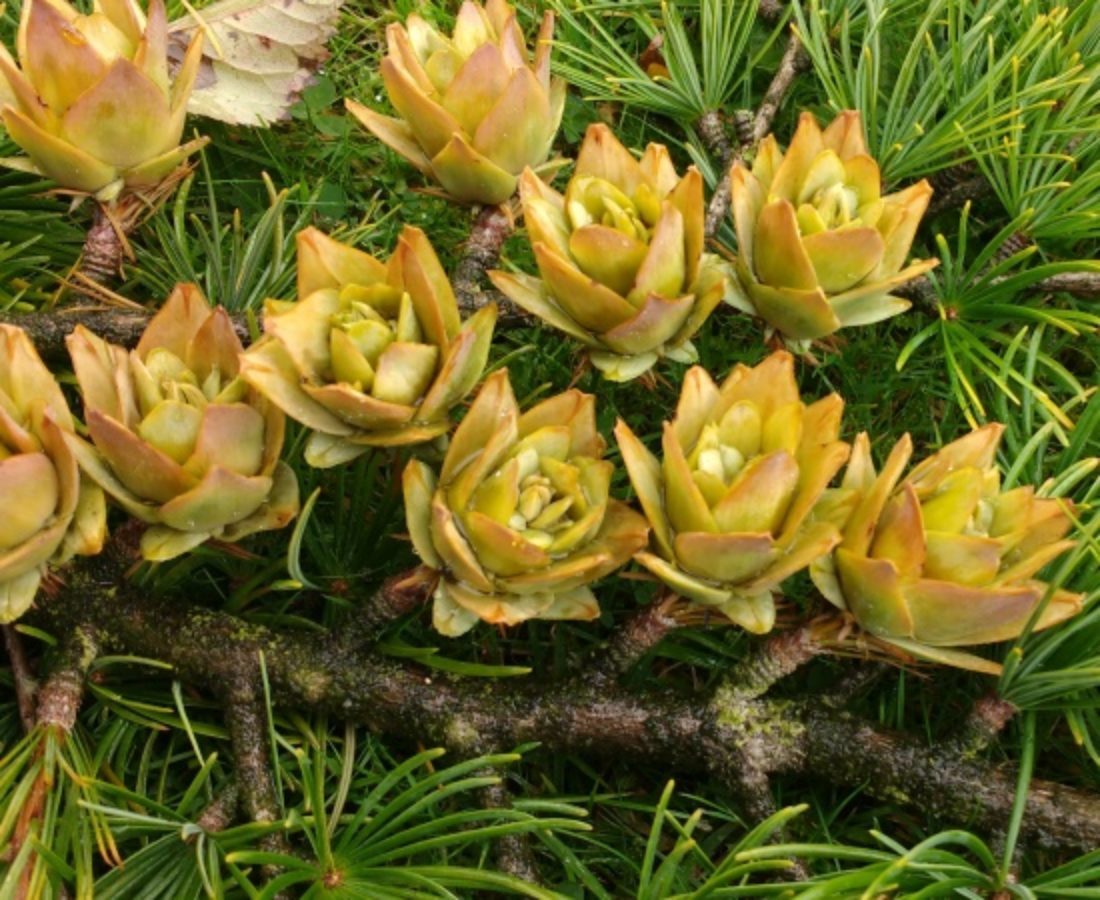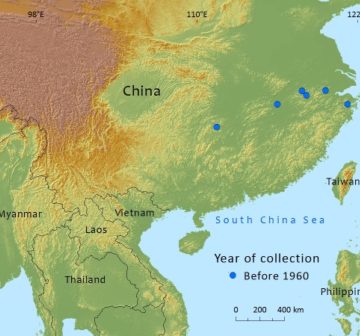Pinaceae
Pseudolarix amabilis
Has a restricted distribution in China within the Yangtse Valley due to loss of habitat
References and further reading
- Farjon, A. (2010). A Handbook of the World's Conifers. Koninklijke Brill, Leiden.
- Li-kuo, F. and Jian-ming, J. (1992). China Plant Red Data Book – Rare and Endangered Plants 1. Science Press, Beijing.
- Wang, C.W. (1961). The forests of China with a survey of grassland and desert vegetation. Maria Moors Cabot Foundation, Harvard University, Cambridge, MA.
- Wu, Z. and Raven, P.H. (eds). (1999). Flora of China: Vol.4. Cycadaceae through Fagaceae. Science Press (Beijing) & Missouri Botanical Garden (St. Louis).
- Yang, Y. & Christian, T. (2013). Pseudolarix amabilis. In: IUCN 2013. IUCN Red List of Threatened Species. Version 2013.1. <www.iucnredlist.org>. Downloaded on 12 July 2013.
- Ying, T.S., Chew, M.L. & Chang, H.C. (2004). Atlas of the Gymnosperms of China. China Science and Technology Press, Beijing.
